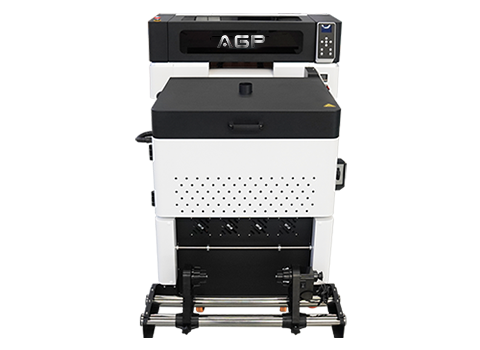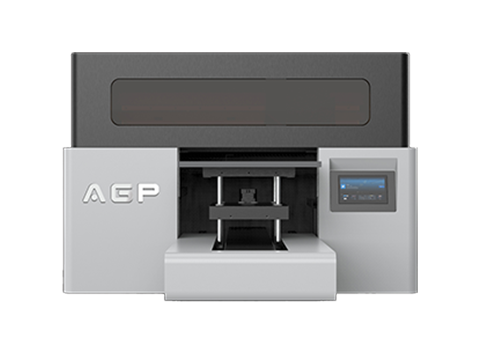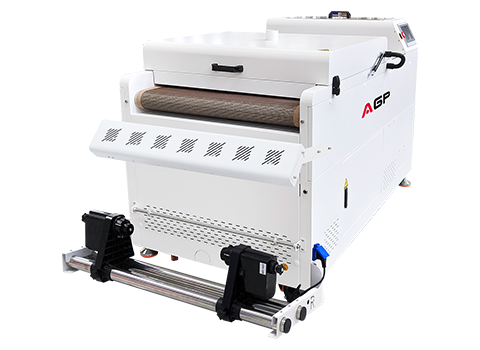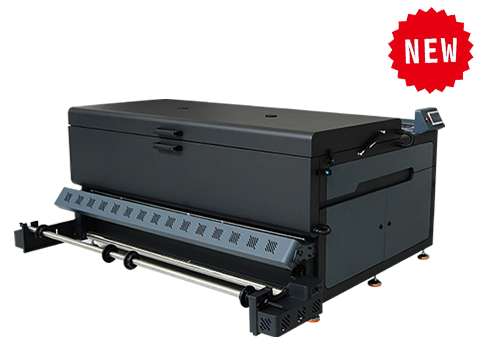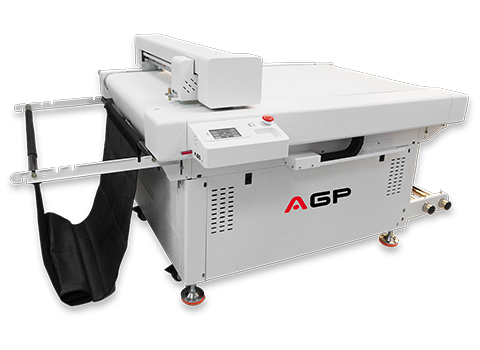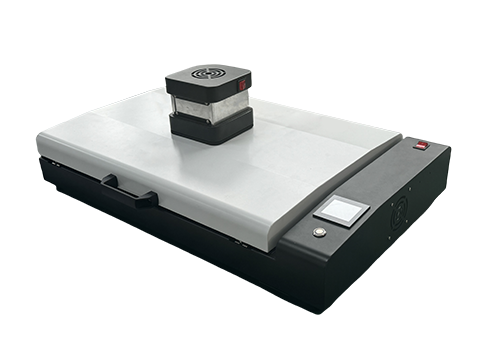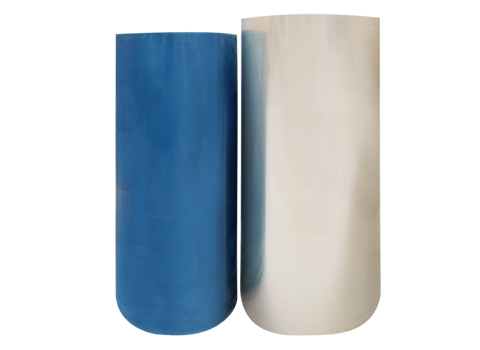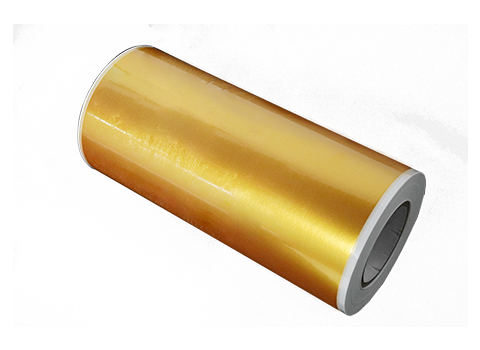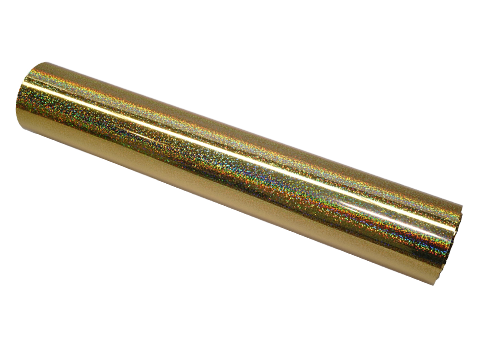How to Test DTF Films: Your Ultimate Quality Assurance Guide
When you're part of the custom printing industry, a few questions often come to mind:
- Will the prints be vibrant?
- Can they match professional quality?
- Most importantly, are they durable enough?
The quality of your prints depends on something other than your printer or ink. It also relies heavily on the DTF films you use. These films bring your designs to life on fabrics and other surfaces. But that only happens when the films meet the correct standards.
That's where testing DTF films helps answer your common concerns. Furthermore, it enables you to check:
- If the film absorbs ink properly.
- Does it stay intact even after multiple washes.
In this guide, we will share with you some common issues in DTF printing. Furthermore, we will also share some effective tips to test DTF films.
Let's get started!
Common Issues in DTF Printing Due to Poor Film Quality
DTF printing is a new hype in the industry. However, its results are as good as the material you use.
Poor quality film = disappointing outcomes
Good quality film = pleasing designs
Here are some of the common problems caused by bad DTF films:
Uneven Ink Coverage
Have you ever seen a print that looks patchy or dull in some spots? That’s often due to uneven ink coverage. Poor-quality DTF films don’t absorb ink evenly. This can lead to:
- Patchy Colors: Some areas may look vibrant, while others seem faded.
- Blurry Details: Designs lose their sharpness when ink doesn’t spread evenly.
- Messy Gradients: Smooth color blends look unnatural or choppy.
Why does this happen? It’s usually because the film’s coating is inconsistent or too rough. This makes it hard for the ink to stick properly.
Melting Ink During the Transfer Process
Melting ink usually results in smudged designs. It is another major issue that usually arises when using a poor-quality film.
Signs of this include:
- Ink Smearing: The ink spreads too much and loses its shape.
- Distorted Prints: Lines and details become fuzzy or blurred.
- Shiny Spots: Melted ink can create uneven textures on the print.
This often happens when the film isn’t heat-resistant. Cheap films can’t handle the high temperatures needed for DTF printing.
Peeling or Flaking Prints
Have you noticed designs peeling off after washing? Or are tiny flakes of the print coming loose? This happens when the film doesn’t bond well with the fabric.
Here’s what poor adhesion can cause:
- Peeling Edges: Parts of the design lift off the garment.
- Flaking Details: Small pieces of the print chip away.
- Sticky Residue: Low-quality films can leave behind glue or film bits.
Weak adhesive layers are often to blame. They can’t handle the heat or pressure during the transfer process.
Inconsistent Transfer Results
Ever had a print that looked perfect on the film but came out incomplete on the fabric? That’s a common problem with poor-quality films. Here’s what can go wrong:
- Misaligned Prints: The design shifts during the transfer process.
- Incomplete Transfers: Some parts of the design don’t stick to the fabric.
- Uneven Textures: The print feels bumpy or inconsistent to the touch.
This often happens because of uneven film thickness or poor-quality coatings.
Warping and Distortion Under Heat
Poor-quality films cannot handle the heat. It can warp, twist, or shrink under high temperatures. Common signs include:
- Shrinking Films: The film gets smaller during heat pressing, ruining the design.
- Misaligned Designs: Warping causes the print to shift and lose its shape.
- Uneven Surfaces: Warping leaves behind a bumpy texture on the print.
This happens because the film isn’t designed to handle the pressure and heat of a heat press.
How to Test DTF Films
Testing DTF (Direct to Film) films before using them in production can save you from many headaches. Taking a bit of time upfront helps avoid waste and ensures your prints look professional and last long. Here’s a straightforward guide to testing DTF films so you can choose the right ones for your projects.
Check the Visual Quality
Start by looking at the film closely. This first step might seem basic, but it often highlights issues early on:
- Surface Condition: Examine the film for scratches, bubbles, or uneven coatings. These can affect how ink is applied later.
- Transparency: Hold the film up to the light to check its transparency. It should let enough light through without being too thin or fragile.
- Consistency in Thickness: Feel the film edges or roll it lightly to check for even thickness throughout. Inconsistent films can lead to uneven printing results.
A quick inspection gives you an idea of the quality, but it’s just the beginning.
Print a Test Design
Before you commit to using a DTF film, try printing a sample design. Here’s what to look for:
- Image Clarity: The design should look sharp with no smudging or fading. Small details like fine text or intricate patterns should print clearly.
- Ink Absorption: Check if the ink spreads evenly across the film. Poor absorption leads to dull, blotchy prints.
- Dry Time: Note how long the ink takes to dry. A slower drying time can cause smudges when handled.
Tip: Use a sample with detailed gradients and varied patterns. This will test the film’s ability to handle both simple and complex designs.
Test Heat Transfer Performance
Heat transfer is like the backbone of printing. A good film will stand up to heat and pressure without issues.
- Heat Resistance: to observe heat resistance, look if film wraps, melts, or distorts during heat pressing.
- Transfer Success: Once transferred, the print should look crisp on the fabric. Faded or incomplete designs signal poor-quality material.
- Peeling: Allow the print to cool and peel the film slowly. A clean release with no sticking means the adhesive layer is reliable.
Pro Tip: Test your transfers on different fabrics to ensure the film works well with a variety of materials.
Assess Wash Durability
A durable print is critical, especially for products meant to last. Test how the film holds up after washing:
- Fade Resistance: Wash the garment several times and check the colors. Good-quality films maintain their brightness after multiple washes.
- Crack Testing: Stretch and inspect the design after washing. It shouldn’t crack, peel, or flake under normal use.
- Fabric Compatibility: Some films perform better on natural fibers, while others work well with synthetics. Testing will help you determine the right match.
Testing the wash durability gives you a clear picture of how the finished product will hold up over time.
Look for Additional Performance Factors
Besides the basics, you can test for some additional factors:
- Ink Compatibility: Use different ink types, especially those commonly used in your projects, to see how the film reacts.
- Environmental Stability: Leave the film exposed to varying conditions, like humidity or temperature changes, and check for warping or loss of quality.
- Batch Reliability: Test films from the same roll or batch multiple times to confirm consistency.
Consistency is key—quality results shouldn’t vary significantly from one sheet to the next.
The Bottom Line
The quality of your output depends not just on your printer or inks but also on the film that carries your designs. Poor-quality films lead to issues like uneven colors, smudging, peeling, and inconsistent transfers—all of which affect the final product and, ultimately, customer satisfaction.
Testing DTF films is an investment in quality. By inspecting their visual quality, printing test designs, evaluating heat transfer performance, and assessing wash durability, you can avoid costly mistakes and deliver flawless results.
AGP’s DTF film quality control process is an excellent example of what meticulous testing and monitoring can achieve. By combining precision technology, rigorous testing, and constant evaluation, AGP ensures consistent quality in every batch of DTF film. For businesses in the custom printing industry, this reliability translates to smoother workflows and fewer errors during production, ultimately leading to satisfied customers.




